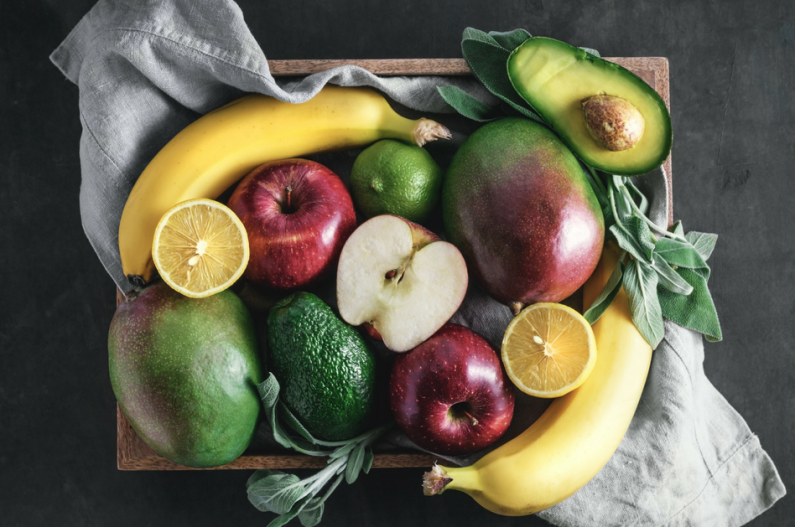Food enzymes are complex ingredients that work as catalyzers and are widely utilized for boosting the quality, variety, and diversity during the process of food processing. Food enzymes are utilized in food processing due to their multiple benefits including tenderization, coagulation, preservation, flavor & fragrance, texture improvement, and several others. Enzymes are majorly utilized in brewing, cheese manufacturing, fruit juice preparation, and several others. These have been inadvertently utilized in food preparation for many years.
The global food enzymes market is likely to spur in the forthcoming years due to the growing applications of food enzymes in end-user markets like confectionery, dairy, beverage, and several others due to its eco-friendly properties. Food enzymes are widely produced from microbial sources due to their high productivity and low cost. Food enzymes possess several properties like anti-staling, softening, and are easily digestible. The ongoing technological advancements are paving a way for several new applications. In addition, due to these advancements and development, genetic engineering has scaled significantly. Nowadays, biochemists are exploring the untapped potential of the science of food enzymes to create several lucrative growth opportunities in the global food enzymes market.
Many chemical solutions are used for dough conditioning. Enzymes are considered to be non-toxic and safe, therefore these natural ingredients are highly used in food production globally. Food enzymes are widely produced by the fermentation of microorganisms or by the extracts from animal or plant tissues. Furthermore, the transforming consumer preference for adopting products with high nutritional content is also likely to support the growth of the market.
The global food enzymes market can be segmented into form, application, source, type, and region.
By form, the market can be segmented into liquid, lyophilized powder, and other formulations. By application, the market can be segmented into beverages and foods.
The food segment can be further bifurcated into nutraceutical, dairy products, bakery & confectionery products, meat products, and others. The beverages segment can be further bifurcated into brewing, juices, and others.
By source, the market can be segmented into animal, plant, and microorganisms.
By type, the market can be segmented into polymerase & nuclease, lipases, proteases, pectinase, lactase, cellulase, carbohydrate, and others.
North America holds the largest share in the global food enzymes market due to the presence of prominent market leaders in the region. The fast proliferating food and beverage sector in the region will also support the growth of the regional market.
Asia Pacific is expected to be the fastest-growing region in the global market due to the growing end-user applications of food enzymes in the region. Furthermore, the growing living standard of the people in the region is likely to further promulgate the growth of the regional market in the forthcoming years.
Some of the significant players in the global food enzymes market are Ultra Bio-Logics Inc., Aum Enzymes, Sequence Biotech., ENMEX, Sunson, STERNENZYM GMBH & CO. KG, Aumgene Biosciences, Bioseutica, Creative Enzymes., Amano Enzyme Inc., Infinita Biotech Private Limited, Biocatalysts, AB Enzymes, Advanced Enzyme TechnologiesChr. Hansen Holding A/S, BASF SE, DSM, Kerry Inc., DuPont., and Novozymes. To cite, DuPont Nutrition & Health in March 2019 launched PowerFresh 9705 enzyme systems. These systems will address the freshness and shelf life of bakery products.
Read more – Video-As-A-Service (VaaS) Market
